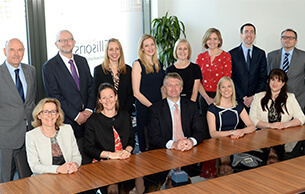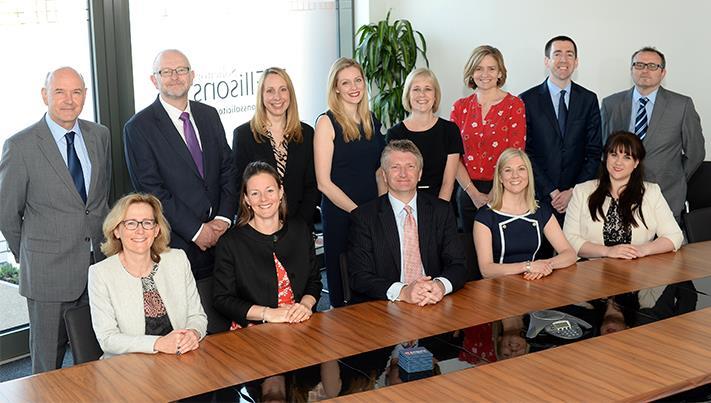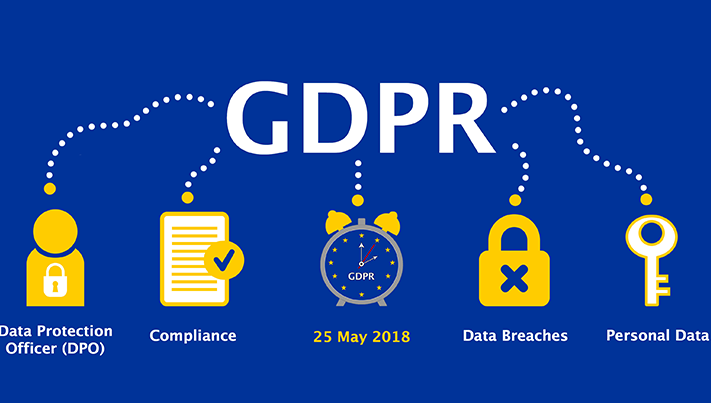
After Brussels in 2015 and Lisbon in 2017, the International Biofilm Summit (IBS) 2019 will be gathering in Parma the best-in-class academic and industrials experts regarding food safety and biofilm contamination in the Food & Beverage industry.
“We are extremely proud that we were able to come closer together with Cibus Tec, a worldwide reference”, explains George Blackman, CEO of the company REALCO and President of the IBS Council. “This emphasises the interest that the industry bears towards the issue of biofilm contamination which is one of the main threats of the market. More than 7 recalls per week in Europe are linked to a pathogen able to generate biofilms, which makes it a real concern for industrials. Not only in terms of public health – considering almost 3,000 people die each year in the United States from food-borne illnesses –, but also regarding profitability as hygiene crises are estimated to cost several billions of euros to stakeholders on a yearly basis! And this does not even take all the risks linked to liability and reputation management into account.”
This is precisely the reason why the IBS was first set up: raise awareness around biofilms – a main cause of contamination – and spread best practices to help prevent induced disasters. Biofilms are created by an accumulation of bacteria which develop a protective matrix made up of organic polymers allowing bacteria to resist conventional cleaning and disinfection tools, thereby helping them multiply exponentially.
“We are particularly happy to welcome the Biofilm Summit this year”, adds Fabio Bettio, Brand Manager Cibus Tec. “This one-of-a-kind event attracts the finest brains at the forefront of science in general and of the industrial R&D specifically to always refine processes, warrant food quality and at the same time favour better conservation. Down the road, the obvious aim is to minimise food waste as more than one billion tons of food is lost each year to contaminations. We can expect that the eradication of biofilms will extend the shelf life of final products and as a consequence, reduce direct financial impacts. And what better platform to discuss these topics than Cibus Tec.”
This issue is far-ranging as it concerns the whole of the industry: from breweries and non-alcoholic beverage, to meat, fish and dairy transformation industries. It is estimated that 60% of food-borne illnesses are caused by biofilms on equipment surfaces of processed foods. The summit aims to give concrete solutions to get rid of them.
Frank Boelaert, from the European Food Safety Authority (EFSA), concludes: “It is a privilege to represent EFSA in a conference which brings together in our hometown leaders of the scientific world and industrials from all five continents. EFSA works actively with all its stakeholders in order to contribute to the protection of EU citizens”.























